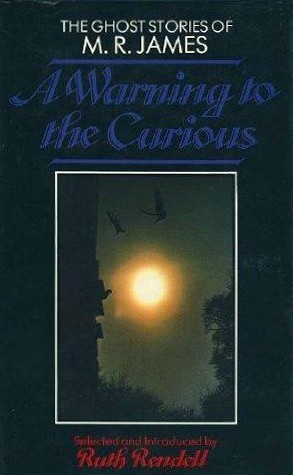What do you think?
Rate this book


257 pages, Hardcover
First published January 1, 1925
Across a broad level plain they looked upon ranges of great hills, whose uplands – some green, some furred with woods – caught the light of a sun, westering but not yet low. And all the plain was fertile, though the river which traversed it was nowhere to be seen. There were copses, green wheat, hedges and pasture-land: the little compact white moving cloud marked the evening train. […] It was the acme of summer. — ‘A View from a Hill.’
Then beyond the hill’s crest I saw Kingsport outspread frostily in the gloaming; snowy Kingsport with its ancient vanes.amd steeples, ridgepoles and chimney-pots, wharves and small bridges, eillow-trees and graveyards; endless labyrinths of steep, narrow, crooked streets, and dizzy church-crowned central peak that time first not touch; ceaseless mazes of colonial houses piled and scattered at all angles and levels like a child’s disordered blocks; antiquity hovering on grey wings […] — ‘The Festival.’